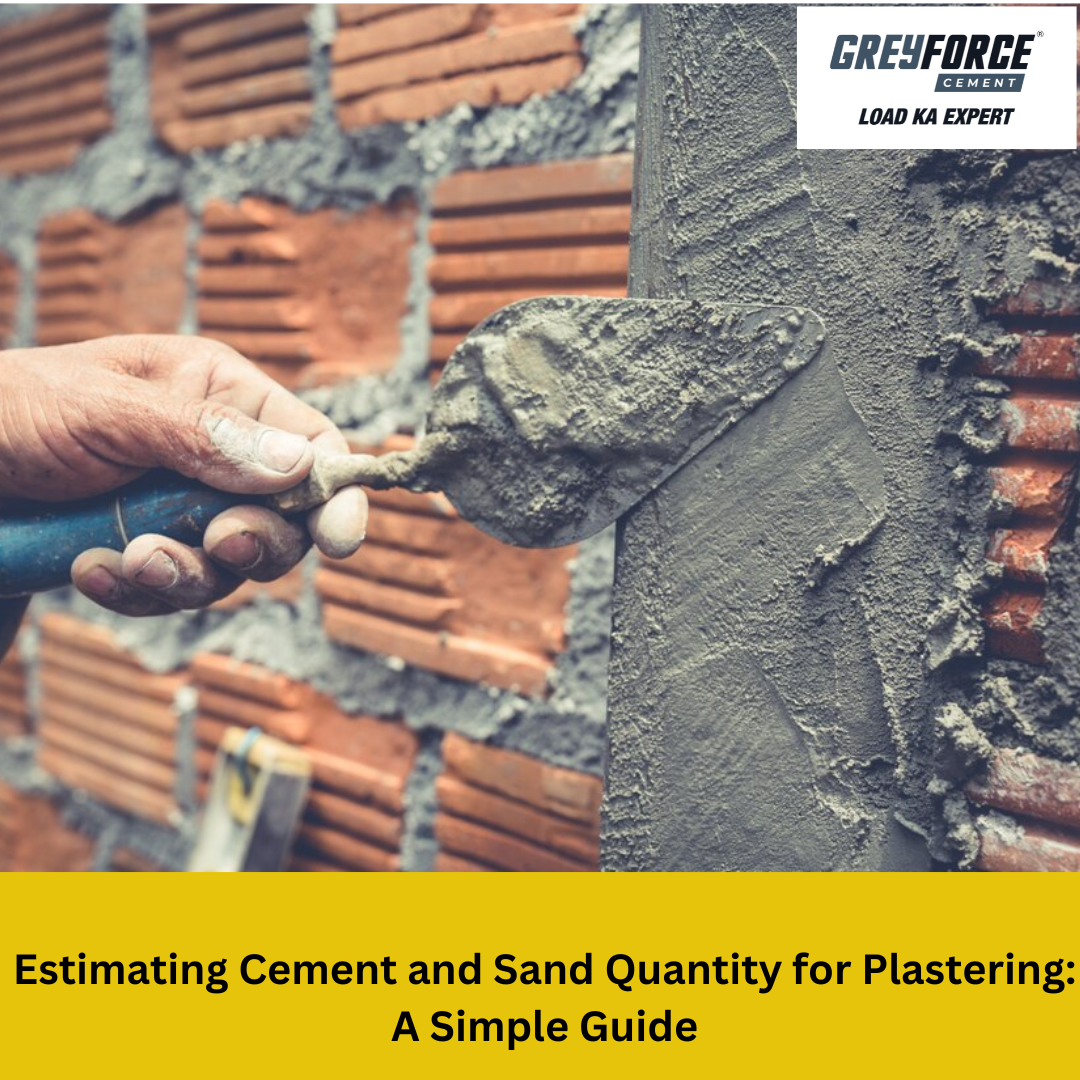
Plastering is a crucial part of any construction project, as it not only enhances the aesthetics of walls but also protects them from environmental damage. A proper mix of cement and sand ensures durability, smoothness, and even finish. However, estimating the right quantity of cement and sand for plastering is essential to avoid wastage or shortages during construction. But how do you figure out how much of each you’ll need? Don’t worry—it’s easier than it seems. Here’s a simple way to estimate what you’ll need without diving into heavy math.
Step 1: Understanding the Plastering Area and Thickness
Before calculating the quantities, you need to know two key parameters:
- Plastering Area – Measure the surface area you want to plaster, in square meters (sqm).
- Plaster Thickness – Depending on the type of wall, the thickness usually ranges from 12 mm to 20 mm. A standard thickness for plastering walls is 12 mm for the interior and 15-20 mm for the exterior.
Step 2: Choosing the Right Mix Ratio
The ratio of cement to sand matters. Typically, for plastering, you’ll use a 1:4 or 1:6 ratio. That means 1 part cement to 4 or 6 parts sand, depending on whether you’re plastering inside or outside. For outside walls, use more cement (1:4) because they need to be stronger. Inside, you can go for a lighter mix (1:6).
Step 3: Formula to Estimate the Quantity
Once you know the wall area and the thickness, you can get an idea of how much plaster you’ll need overall. Think of it like this: if you’re making a cake, you first need to know the size of the cake (your wall) and how thick you want the frosting (plaster). Based on that, you can figure out how much cake mix (cement and sand) you’ll need.
To be on the safe side, it’s smart to allow for a bit extra because some materials might get wasted or shrink when mixed with water.
Step 4: Getting the Right Amount of Cement and Sand
Now that you know how much plaster you need, you just split it up based on your mix ratio. If you’re using the 1:4 mix, you’ll need more sand than cement. For example, if you need 5 parts total, 1 will be cement and 4 will be sand. If you’re using 1:6, you’ll need even more sand. This will help you figure out how many bags of cement and how much sand to buy.
Step 5: Additional Tips for Accurate Estimation
- Wastage Factor: Always consider a 5-10% extra quantity to cover any potential wastage.
- Water-Cement Ratio: For good quality plaster, maintain a proper water-cement ratio. Typically, the ratio ranges from 0.4 to 0.6 depending on the climate and surface requirements.
- Site Conditions: If your walls are a bit bumpy or uneven, you might need more plaster than you expect.
Conclusion
Estimating cement and sand for plastering doesn’t have to be complicated. Just remember the basics: know your wall area, choose the right mix, and make sure you have a little extra to cover any mistakes. And when it comes to quality materials, trust GreyForce Cement to give you the strong, durable finish your project deserves! For more insights on construction techniques and expert tips, stay connected with GreyForce Cement!


